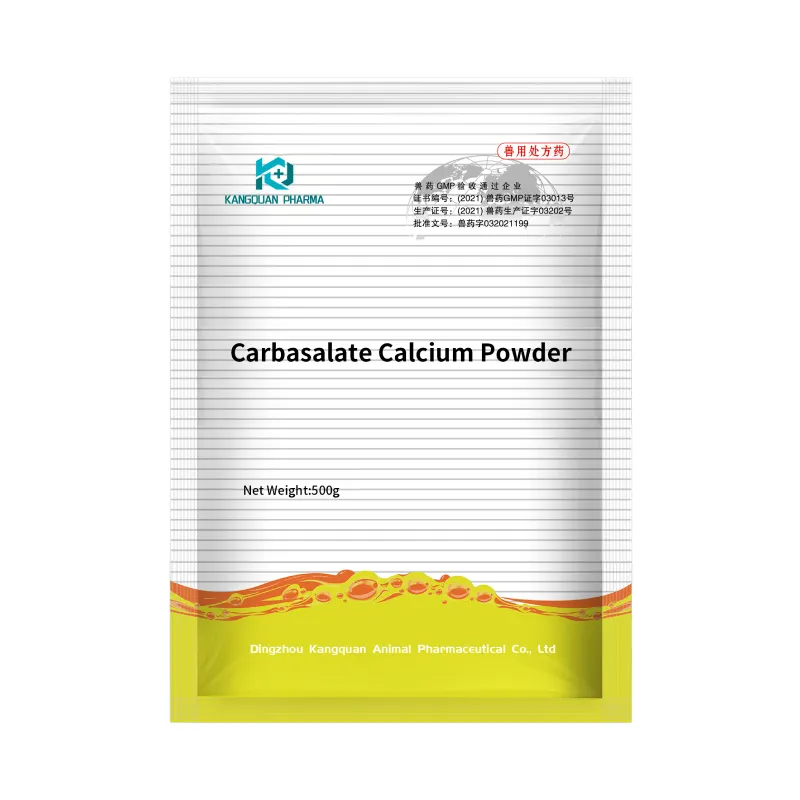- Afrikaans
- Albanian
- Amharic
- Arabic
- Armenian
- Azerbaijani
- Basque
- Belarusian
- Bengali
- Bosnian
- Bulgarian
- Catalan
- Cebuano
- Corsican
- Croatian
- Czech
- Danish
- Dutch
- English
- Esperanto
- Estonian
- Finnish
- French
- Frisian
- Galician
- Georgian
- German
- Greek
- Gujarati
- Haitian Creole
- hausa
- hawaiian
- Hebrew
- Hindi
- Miao
- Hungarian
- Icelandic
- igbo
- Indonesian
- irish
- Italian
- Japanese
- Javanese
- Kannada
- kazakh
- Khmer
- Rwandese
- Korean
- Kurdish
- Kyrgyz
- Lao
- Latin
- Latvian
- Lithuanian
- Luxembourgish
- Macedonian
- Malgashi
- Malay
- Malayalam
- Maltese
- Maori
- Marathi
- Mongolian
- Myanmar
- Nepali
- Norwegian
- Norwegian
- Occitan
- Pashto
- Persian
- Polish
- Portuguese
- Punjabi
- Romanian
- Russian
- Samoan
- Scottish Gaelic
- Serbian
- Sesotho
- Shona
- Sindhi
- Sinhala
- Slovak
- Slovenian
- Somali
- Spanish
- Sundanese
- Swahili
- Swedish
- Tagalog
- Tajik
- Tamil
- Tatar
- Telugu
- Thai
- Turkish
- Turkmen
- Ukrainian
- Urdu
- Uighur
- Uzbek
- Vietnamese
- Welsh
- Bantu
- Yiddish
- Yoruba
- Zulu
8 月 . 30, 2024 04:23 Back to list
Amoxicillin Clavulanic Acid Injection - Uses, Dosage, and Side Effects
Injection of Amoxicillin and Clavulanic Acid An Essential Antibiotic Combination
Amoxicillin and clavulanic acid represent a powerful combination in the realm of antibiotic therapy
. This synergistic formulation is particularly effective against a wide range of bacterial infections, significantly enhancing microbial eradication while limiting resistance development.Amoxicillin, a penicillin derivative, is renowned for its efficacy against various gram-positive and some gram-negative bacteria. It functions by targeting bacterial cell walls, inhibiting their synthesis, and ultimately leading to cell lysis. However, certain bacteria have developed mechanisms to resist amoxicillin, notably through the production of beta-lactamase enzymes that can inactivate the antibiotic. This is where clavulanic acid comes into play. As a beta-lactamase inhibitor, clavulanic acid protects amoxicillin from enzymatic degradation, thereby extending its antibacterial spectrum. This combination improves efficacy against beta-lactamase-producing strains, which would otherwise be resistant to amoxicillin alone.
The injectable formulation of amoxicillin and clavulanic acid is particularly valuable in settings where rapid therapeutic action is crucial, such as in severe infections where oral administration might not be feasible. Common clinical uses include treatment of respiratory tract infections (like pneumonia and bronchitis), urinary tract infections, skin infections, and intra-abdominal infections. It is also employed in pediatric medicine, where bacterial infections can escalate quickly, necessitating prompt intervention.
injection amoxicillin clavulanic acid

Despite its advantages, the use of this antibiotic combination is not without risks. Adverse reactions can occur, including allergic reactions, gastrointestinal disturbances, and potential hepatic effects. Therefore, careful patient history assessments are essential to identify any allergies to penicillin. Monitoring patients for any signs of adverse effects during therapy is crucial to mitigate risks.
In practice, the administration of injectable amoxicillin and clavulanic acid requires adherence to proper dosing regimens to maintain optimal therapeutic levels in the bloodstream. Dosages may vary based on the severity of the infection, the patient's age, weight, and renal function. Intravenous administration may be preferred in hospitalized patients, while intramuscular routes can be feasible in outpatient settings.
In conclusion, the injection of amoxicillin and clavulanic acid is a valuable tool in the antibiotic arsenal against bacterial infections. Its dual-action mechanism not only enhances the effectiveness of amoxicillin but also counters bacterial resistance, making it an actionable choice in clinical environments. As with all antibiotics, responsible use and vigilance in monitoring are essential to maximize benefits and minimize potential harm.
-
The Power of Radix Isatidis Extract for Your Health and Wellness
NewsOct.29,2024
-
Neomycin Sulfate Soluble Powder: A Versatile Solution for Pet Health
NewsOct.29,2024
-
Lincomycin Hydrochloride Soluble Powder – The Essential Solution
NewsOct.29,2024
-
Garamycin Gentamicin Sulfate for Effective Infection Control
NewsOct.29,2024
-
Doxycycline Hyclate Soluble Powder: Your Antibiotic Needs
NewsOct.29,2024
-
Tilmicosin Premix: The Ultimate Solution for Poultry Health
NewsOct.29,2024













